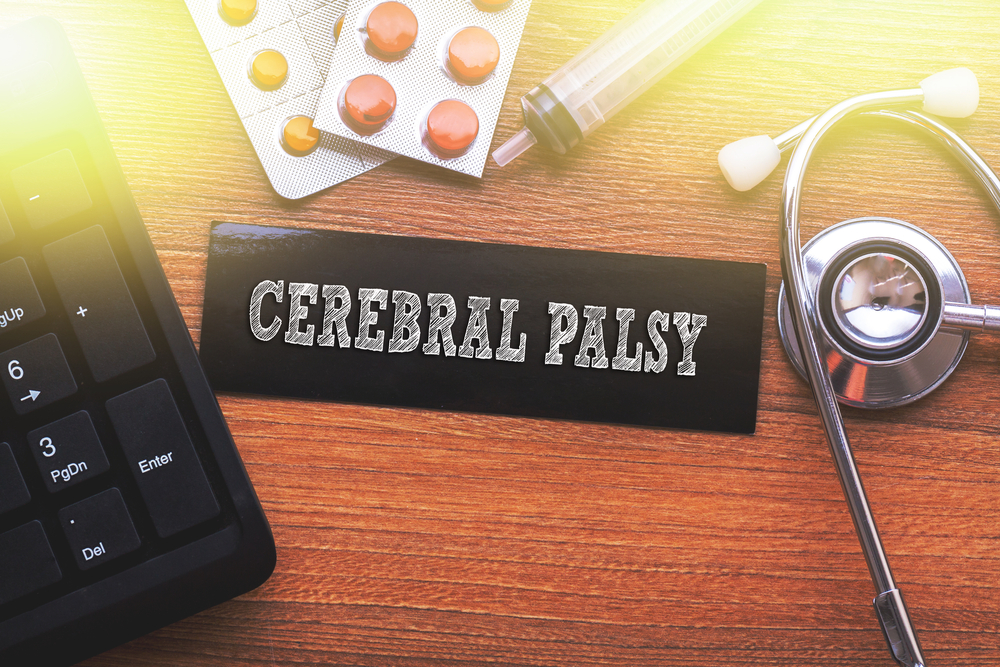Repeated Injections of Botulinum Toxin A Seen As Less Effective for Spasticity in Children

More than one injection of botulinum toxin A in children with cerebral palsy (CP) was seen as less effective over the long term and had fewer gait benefits compared to patients injected once or not at all, a new study shows.
The study titled, “Efficacy of Repeated Botulinum Toxin Type A Injections for Spastic Equinus in Children with Cerebral Palsy—A Secondary Analysis of the Randomized Clinical Trial,” was published in the journal Toxins.
Patients with CP are characterized by spasticity, a condition in which certain muscles are continuously contracted. In patients with CP, spasticity increases up to the age of 4 and then decreases until the age of 12.
Botulinum toxin A (BoNT) is often used for the control of spasticity, as many studies have shown that it is both safe and effective. BoNT acts by reducing the release of acetylcholine from neurons to the muscles, which decreases muscle hyperactivity.
How patients respond to treatment depends on the dose of BoNT, the way it’s administered, and rehabilitation therapies that accompany it.
BoNT’s effect on neuromuscular junctions lasts for 12-16 weeks, but due to its temporary effect, the injection is often re-administered. However, since CP is a life-long disease, the long-term effects and effectiveness of this treatment need to be further evaluated.
A multicenter, double-blinded, randomized, Phase 3 clinical trial (NCT01787344) was conducted to compare the effectiveness of Botulax (letibotulinumtoxin A) and Botox (onabotulinumtoxin A) in the treatment of CP children. The team also analyzed how the number of injections influenced gait scores and gross motor outcomes.
The gait analysis score was based on a physician’s rating scale for gait (PRS), in which a PRS score difference of two or more was considered successful. Gross Motor Function Measure-88 (GMFM-88) total, and subgroup D and E scores, were used to evaluate gross motor function.
Results showed that the first injection significantly increased the D subscale of Gross Motor Function Measure-88 at three months compared to patients who had repeated injections. Furthermore, after six months, patients who had either been administered one injection or none prior to the study had better outcomes in gait scores than those who had more than one injection.
Based on the results, the team suggested that repeated botulinum toxin injections are not a good therapeutic approach for spasticity in children with cerebral palsy.


